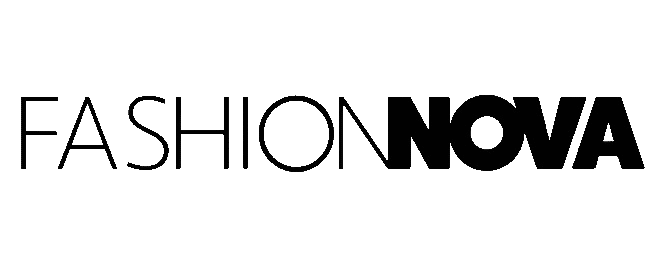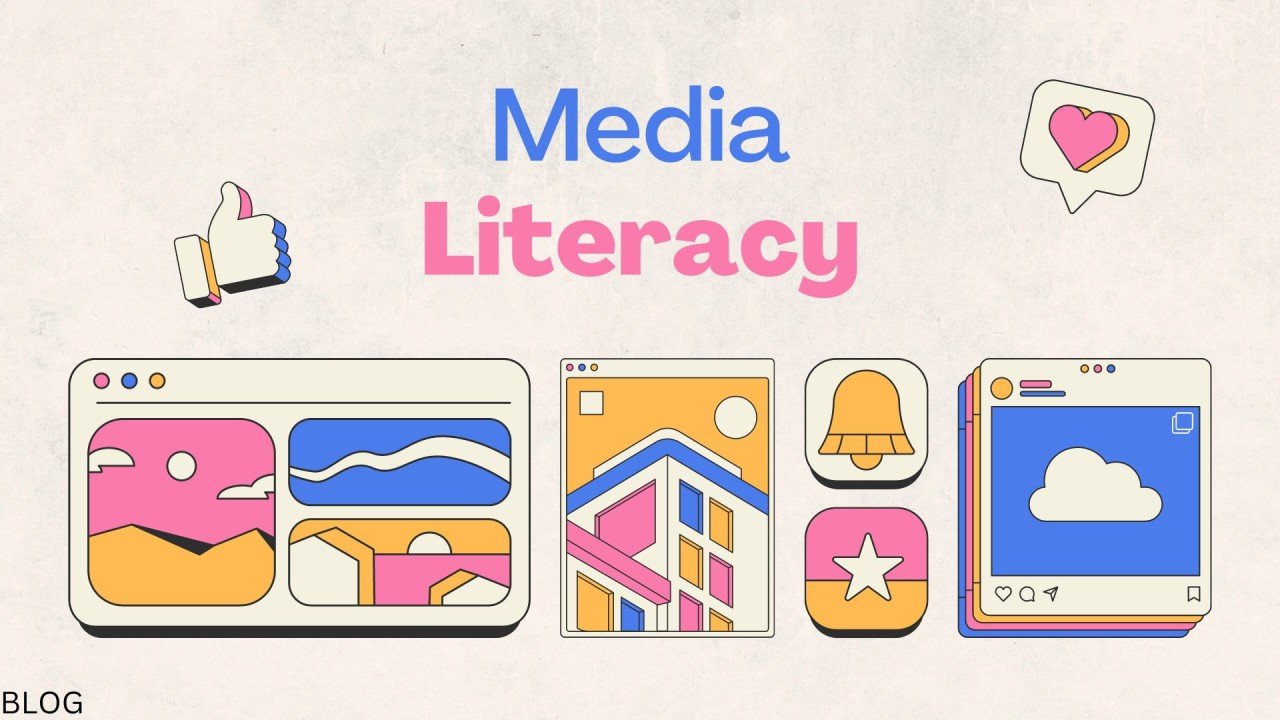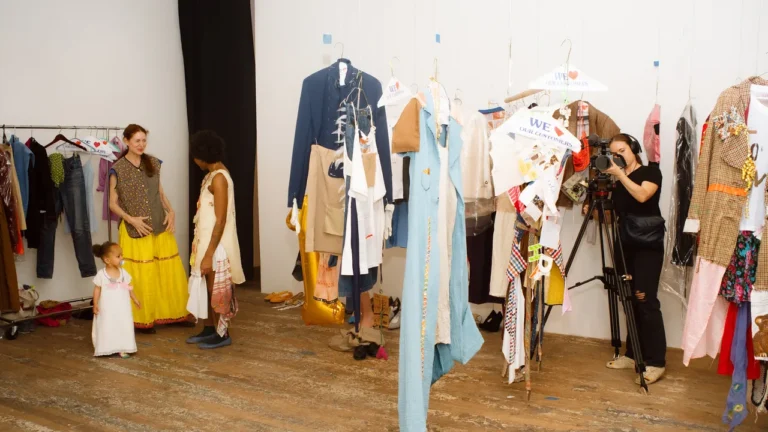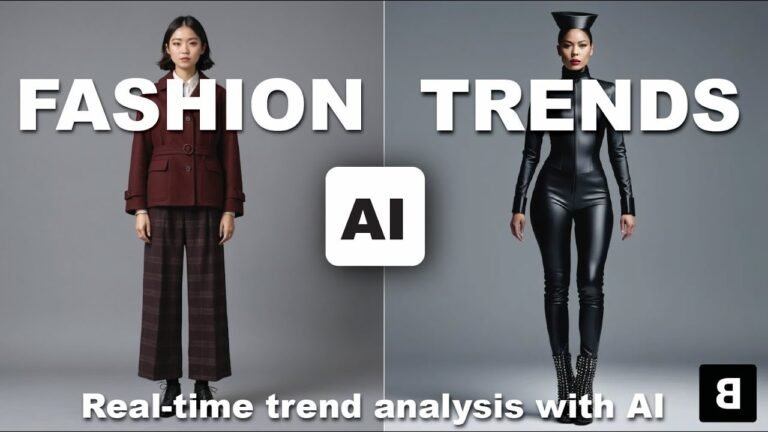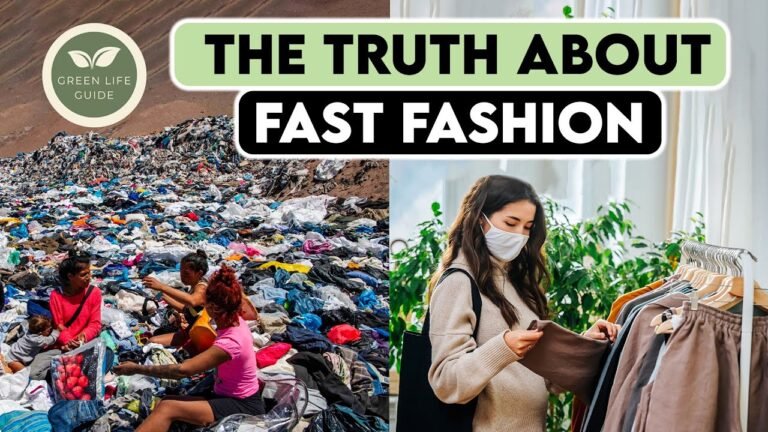Navigating The Information Landscape A News Literacy Guide
Navigating the Modern Information Landscape Discerning Fact from Fiction and Escaping Echo Chambers
In an age saturated with digital information, the ability to navigate the media landscape has become increasingly complex. Two significant challenges stand out in particular: the widespread proliferation of fake news and the isolating effect of echo chambers. Cultivating strong media literacy skills is more crucial than ever to effectively discern fact from fiction and engage with information critically.
The Challenge of Fake News
Fake news, often referred to as misinformation, encompasses false or inaccurate information deliberately created and disseminated to deceive, mislead, or manipulate audiences. This can range from entirely fabricated narratives to distorted facts or miscaptioned images [Stony Brook University Libraries – Definitions: What is “Fake News?”]. The impact of such misinformation is far-reaching, eroding public trust in legitimate news sources, influencing public opinion, and even impacting real-world events [RAND Corporation – The Spreading of Fake News: The Dynamics of Human and Machine Behavior]. The sheer speed at which false information can spread across social media platforms amplifies its potential harm, making it exceedingly difficult for individuals to distinguish reliable content from misleading narratives.
Navigating Echo Chambers
Echo chambers are environments, most often digital, where individuals are primarily exposed to information and opinions that already align with their existing beliefs [Britannica – Echo chamber]. Within these confined chambers, diverse perspectives are conspicuously absent, and dissenting voices are frequently filtered out or dismissed entirely. This can lead to a dangerous reinforcement of biases, a reduced capacity for critical thinking, and a significant inability to understand or even empathize with alternative viewpoints [PMC, National Library of Medicine – The effect of social media echo chambers on mental health: A systematic review]. While many platforms’ algorithms aim to personalize content for user engagement, they can inadvertently contribute to the formation of these chambers by showing users more of what they’ve previously engaged with, thereby creating a self-reinforcing loop.
Developing Essential Media Literacy Skills
To effectively combat these pervasive challenges, cultivating robust media literacy is absolutely essential. This involves developing the comprehensive ability to access, analyze, evaluate, create, and act responsibly using all forms of communication [Center for Media Literacy – What is Media Literacy?]. Here are key strategies to enhance your media literacy:
- **Check the Source:** Always verify the credibility and reputation of the information’s origin. Is it a reputable news organization, a known expert in the field, or a questionable website? Look for “About Us” sections and carefully examine the domain name for any suspicious indicators [Gale – Common Core Lesson Plan – Fake News].
- **Go Beyond the Headline:** Sensational headlines are frequently designed to grab attention and provoke a click, not accurately convey information. Make it a habit to read the entire article to understand the full context, nuances, and details [Stony Brook University Libraries – Critical Thinking: How to Combat Fake News].
- **Fact-Check Independently:** Utilize reliable, independent fact-checking websites like Snopes, PolitiFact, or FactCheck.org to verify dubious claims. Cross-reference information across multiple diverse and credible sources to confirm accuracy.
- **Identify Bias:** Be acutely aware that all sources, regardless of their perceived neutrality, may inherently carry a degree of bias. Strive to understand the author’s potential agenda, the publication’s editorial stance, or the broader context in which the information is presented.
- **Distinguish Fact from Opinion:** Recognize the fundamental difference between factual statements (which can be proven or disproven with evidence) and opinions (which are personal beliefs, interpretations, or judgments) [Stony Brook University Libraries – Critical Thinking: How to Combat Fake News].
- **Consider the Evidence:** Does the content cite specific data, empirical studies, or expert opinions to support its claims? Are these purported sources verifiable and legitimate? A distinct lack of evidence or an over-reliance on anecdotal claims should always be considered a significant red flag.
- **Be Skeptical of Emotional Appeals:** Information that is overtly designed to evoke strong emotions such as anger, fear, or outrage should be scrutinized with extra care, as this is a common and manipulative tactic used in misinformation campaigns.
By actively practicing and refining these media literacy skills, individuals can better navigate the increasingly complex digital landscape, protect themselves from the insidious spread of misinformation, and ultimately contribute to a more informed and discerning society.
The Resurgence of Understated Elegance Quiet Luxury and the Old Money Aesthetic
Across the fashion landscapes of the USA, UK, and Canada, a prominent and enduring movement has taken firm hold, emphasizing understated elegance and timeless sophistication over overt branding. This powerful trend, often categorized as “Quiet Luxury” and the “Old Money Aesthetic,” represents a significant shift towards investing in high-quality, durable pieces that subtly convey wealth and impeccable taste without the need for flashy logos or ostentatious designs [Forbes – Quiet Luxury: The Trend That Redefines Fashion].
Defining These Aesthetics
At its core, **Quiet Luxury** is fundamentally characterized by exceptional craftsmanship, premium materials, and clean, minimalist silhouettes [Harper’s Bazaar – What is “Quiet Luxury”?]. This aesthetic gravitates towards luxurious fabrics like cashmere, silk, wool, and high-grade cotton. The typical color palette leans heavily towards sophisticated neutrals such as cream, beige, charcoal, navy, and classic black, promoting incredible versatility and longevity within a capsule wardrobe [Vogue – What Is Quiet Luxury, Anyway?]. Pieces are invariably well-tailored, offering a flattering fit that transcends fleeting trends. This strong focus on quality perfectly aligns with smart shopping strategies that prioritize investment pieces built to last.
The **Old Money Aesthetic**, while significantly overlapping with Quiet Luxury, often carries a more specific historical and cultural connotation. It draws direct inspiration from established, generational wealth, embodying a classic, often preppy, and impeccably polished look that signifies inherited elegance rather than newly acquired riches [Business Insider – Quiet Luxury and Old Money Aesthetic: What’s the Difference and How to Wear It]. This aesthetic frequently includes items like tailored blazers, classic knitwear, polo shirts, sophisticated trench coats, and timeless accessories, creating an unmistakable sense of enduring class. For those looking to embrace this sophisticated style, exploring the art of dressing Old Money in 2025 and discovering 10 Old Money Aesthetic Outfits to Copy in 2025 can provide ample inspiration.
Why the Resurgence
Several factors contribute significantly to the widespread and sustained popularity of these aesthetics across North America and the UK:
- **A Shift in Consumer Values:** Amidst economic uncertainties and a growing global awareness of sustainability, consumers are increasingly seeking intrinsic value in durable, timeless pieces rather than succumbing to rapid fast fashion cycles [McKinsey & Company – The State of Fashion 2024: A year of new horizons]. This aligns perfectly with a desire to build a more mindful and lasting wardrobe.
- **Cultural Influence:** Popular television shows, such as HBO’s *Succession*, have significantly popularized the “Quiet Luxury” look, showcasing characters who impeccably dressed in high-end, unbranded clothing, subtly hinting at their status [The New York Times – How ‘Succession’ Made ‘Quiet Luxury’ a Thing].
- **Desire for Sophistication:** In an increasingly casual world, these trends offer a refreshing way to project an image of professionalism, refinement, and effortless chic. They provide a compelling alternative to overtly bold or fleeting trends, emphasizing a more considered and mature approach to personal style. The timeless simplicity of a classic white shirt or the inherent elegance of monochromatic outfits perfectly encapsulates this enduring appeal.
- **Versatility:** The core pieces that define these aesthetics are incredibly versatile, forming the foundational building blocks of a truly sophisticated wardrobe. High-quality linen pants, for instance, are a prime example of a versatile item that seamlessly fits into this aesthetic. A deeper understanding of different fabric types is also key to fully embracing and appreciating these quality-driven trends.
In essence, Quiet Luxury and the Old Money Aesthetic offer a compelling vision of fashion that actively transcends fleeting fads, advocating instead for a wardrobe built on unwavering quality, understated elegance, and enduring style. This thoughtful approach empowers individuals to express sophistication and quiet confidence through their clothing choices, making it a powerful and persistent trend in the current global fashion landscape.
Key Fashion Trends Across the USA UK and Canada
The fashion landscape across the USA, UK, and Canada is a dynamic tapestry woven with global influences and distinct regional nuances, often reflecting broader societal shifts. While micro-trends frequently emerge and fade, several overarching themes continue to define consumer choices and sartorial direction in these key markets. Beyond the widespread adoption of quiet luxury, other significant trends are shaping wardrobes.
Sustainable and Circular Fashion A Mainstream Concern
Conscious consumption is no longer a niche interest but a mainstream concern, actively driving the sustainable fashion movement across North America and the UK. Consumers are increasingly aware of the environmental and social impact of their clothing choices, leading to a significant surge in demand for ethically produced, eco-friendly, and circular fashion options [McKinsey & Company – The State of Fashion 2024: A year of fragmentation and growth]. This includes a growing interest in:
- **Secondhand and Vintage**: The resale market continues to boom, with numerous platforms and brick-and-mortar stores offering pre-loved garments as a sustainable and unique alternative to new purchases [ThredUp – Resale Report].
- **Recycled and Organic Materials**: Brands are increasingly incorporating innovative, low-impact fabrics such as recycled polyester, organic cotton, and Tencel into their collections. Understanding various fabric types and their environmental footprint is becoming crucial for informed consumer choices.
- **Repair and Upcycling**: A palpable shift towards extending the life of garments through repair services and creative upcycling is gaining traction, reflecting a significant move away from the disposable nature of fast fashion. This aligns perfectly with good shopping habits that prioritize longevity and mindful consumption.
Elevated Comfort and Athleisure Integration
The traditional lines between activewear, loungewear, and everyday attire continue to blur, making elevated comfort a defining trend across all three regions. The pervasive influence of remote work and a general societal shift towards more relaxed lifestyles have solidified athleisure as an indispensable staple in contemporary wardrobes [Business Wire – Athleisure Market Size, Growth Report 2023-2028: Trends, Share, and Forecast]. This evolution is not merely about sweatpants and hoodies; it’s about integrating refined sportswear into daily outfits with seamless ease. Key aspects include:
- **Versatile Sneakers**: Classic and new sneaker models, such as the perennially popular Adidas Samba, remain indispensable, easily transitioning from casual outings to more put-together, even semi-formal, looks. Discover versatile ways to style them in 23 Adidas Samba Outfits.
- **Relaxed Silhouettes**: Flowy trousers, wide-leg pants, and oversized knitwear offer exceptional comfort without sacrificing an ounce of style.
- **Performance Fabrics**: Apparel crafted with moisture-wicking, breathable, and stretch-friendly materials is widely popular for its unparalleled functionality and comfort, effectively bridging the gap between active and casual wear. Even traditionally casual items like rompers are being styled in new, elevated ways, as seen in How to Style a Romper Like It’s 2025.
Regional Fashion Spotlights USA UK and Canada
While global trends like quiet luxury and sustainable practices are widespread, each region infuses its own distinct flavor into the fashion narrative.
United States Comfort Meets Bold Statements
In the USA, the fashion pendulum continues its dynamic swing between supreme comfort and expressive individuality. While “quiet luxury” remains a dominant force, appealing to those seeking understated elegance and a versatile [Forbes – 2024 Fashion Trends: Quiet Luxury Is Here To Stay, And Six Other Key Fashion Themes] “capsule wardrobe,” there’s also a vibrant embrace of bold, playful trends. For instance, the “eclectic grandpa” style, featuring quirky patterns, vintage-inspired knitwear, and comfortable, relaxed silhouettes, is gaining significant traction [Who What Wear – The 9 Biggest Fashion Trends of 2024, According to Experts]. Denim continues its undeniable reign, with diverse washes and cuts, including the enduring appeal of “denim on denim” looks (Fashion Nova: Denim on Denim Is Still In for 2025—Here’s 17 Ways to Wear It). Utilitarian influences, drawing from workwear and military aesthetics, also persist, highlighting practical yet stylish designs that prioritize functionality [Harper’s Bazaar – The Biggest Fashion Trends of 2024, According to Experts].
United Kingdom: Heritage with a Modern Twist
The UK fashion scene often masterfully blends its rich heritage with compelling contemporary influences. While classic tailoring and sophisticated silhouettes remain foundational, there’s a pronounced emphasis on reinterpreting traditional styles. This manifests in tweed and plaid being given modern cuts or unexpectedly paired with avant-garde accessories. The Y2K revival continues its strong presence, particularly among younger demographics, with low-rise bottoms, cargo pants, and bright, optimistic colors making a significant comeback [Vogue UK – The biggest fashion trends for 2024, according to Vogue]. Sustainability is a powerful driver, with an increasing focus on unique vintage finds, ethically produced brands, and a general shift towards conscious consumption. Shoppers are gravitating towards durable, versatile pieces, reflecting a profound desire for longevity over the fleeting nature of fast fashion. Monochrome outfits, offering a sleek and sophisticated look, also remain popular, embodying a timeless elegance (Fashion Nova: Monochrome Fashion: The Timeless Elegance of One-Color Dressing).
Canada: Practicality Meets Global Influences
Canadian fashion deftly balances practicality, a necessity given its diverse climate, with an inherent openness to global trends. Similar to the US, “quiet luxury” has found a strong foothold, emphasizing quality investment pieces that comfortably transcend fleeting fads [ELLE Canada – The Biggest Fashion Trends For 2024]. The rise of comfortable yet chic athleisure wear continues to be a dominant trend, reflecting an active and adaptable lifestyle. However, Canadians are also enthusiastically embracing bold colors and playful textures, injecting vibrant energy into their wardrobes [ELLE Canada – The Biggest Fashion Trends For 2024]. There’s a noticeable shift towards artisanal craftsmanship and unique, locally sourced items, fostering a sense of community and individuality. As in the UK, sustainability and ethical production practices are increasingly important considerations for discerning consumers. The emphasis is often on versatile pieces that can be easily layered and adapted for various occasions, highlighting a pragmatic and stylish approach to personal expression.
Sources
- Business Insider – Quiet Luxury and Old Money Aesthetic: What’s the Difference and How to Wear It
- Business Wire – Athleisure Market Size, Growth Report 2023-2028: Trends, Share, and Forecast
- Britannica – Echo chamber
- Center for Media Literacy – What is Media Literacy?
- ELLE Canada – The Biggest Fashion Trends For 2024
- FashionBeans – Old Money Style Guide: How To Dress Like You Inherited It
- Forbes – 2024 Fashion Trends: Quiet Luxury Is Here To Stay, And Six Other Key Fashion Themes
- Forbes – Decoding Quiet Luxury: The Trend Dominating Fashion
- Forbes – Quiet Luxury: The Trend That Redefines Fashion
- Forbes – What Is Quiet Luxury And Will It Last Into 2024?
- Gale – Common Core Lesson Plan – Fake News
- Harper’s Bazaar – The Biggest Fashion Trends of 2024, According to Experts
- Harper’s Bazaar – What is “Quiet Luxury”?
- McKinsey & Company – The State of Fashion 2024: A year of fragmentation and growth
- McKinsey & Company – The State of Fashion 2024: A year of new horizons
- National Library of Medicine (PMC) – The effect of social media echo chambers on mental health: A systematic review
- The New York Times – How ‘Succession’ Made ‘Quiet Luxury’ a Thing
- RAND Corporation – The Spreading of Fake News: The Dynamics of Human and Machine Behavior
- Stony Brook University Libraries – Critical Thinking: How to Combat Fake News
- Stony Brook University Libraries – Definitions: What is “Fake News?”
- ThredUp – Resale Report
- Vogue – What Is Quiet Luxury, Anyway?
- Vogue UK – The biggest fashion trends for 2024, according to Vogue
- Vogue UK – Quiet luxury: The enduring fashion trend
- Who What Wear – The 9 Biggest Fashion Trends of 2024, According to Experts
Conclusion:
In today’s world, media literacy helps us cut through misinformation, while fashion trends like quiet luxury reflect shifting values toward authenticity, sustainability, and timeless sophistication. Both remind us that awareness and discernment shape how we see—and present—ourselves in society.
